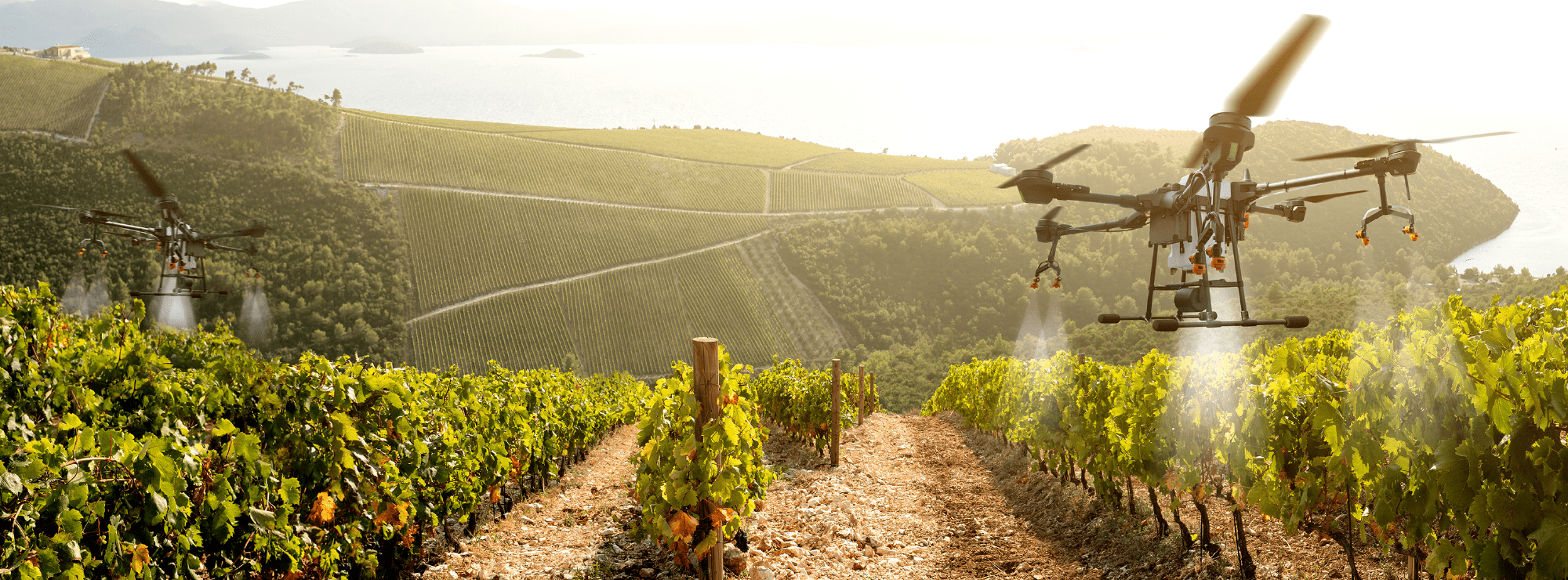Market Snapshot: Precision Agriculture
Agriculture, in its most general sense, is the science and art of cultivating plants and livestock, and is credited with shifting civilization from hunter gatherers to permanent settlements. Today, the agricultural landscape is increasingly complex as society looks for new, more efficient, and environmentally sound ways to address the water-food-energy nexus. The USDA reports that within agriculture, the greatest technology push has been in precision agriculture (also known as site-specific management or smart agriculture) where sensing, information technologies, and mechanical systems enable crop and livestock management.
Major factors contributing to the growth of the smart agriculture market include the increasing adoption of advanced technologies in various agriculture applications such as precision farming, smart green house, livestock monitoring, and fish farm monitoring. Changing weather patterns due to increasing global warming have impelled the adoption of advanced farming technologies to enhance farm productivity and crop yield. Farmers or growers across the globe are increasingly adopting advanced farming devices and equipment such as steering and guidance, sensors, yield monitors, display devices, and farm management software. MarketsandMarkets reports that the global precision farming market is forecast to grow from $9.7 billion in 2023 to $21.9 billion by 2031 growing at a CAGR of 10.7% from 2023 to 2031.
While there are many factors driving growth in this space, the high cost of technologies, and limited exposure among farmers who would utilize them is seen as restraining the market. Furthermore, smart agriculture requires high initial investment, efficient farming tools, and skilled and knowledgeable farmers or growers. The USDA notes that despite the push toward integrating smart or precision techniques, acceptance by the agricultural community has been hesitant and weak, although most producers admit they will have to adopt these technologies eventually. Specific and recent trends in this area are addressed in the 2023 paper from USDA titled, Precision Agriculture in the Digital Era: Recent Adoption on U.S. Farms.
Key players in the precision farming market include Deere & Company (John Deere) (U.S.), Trimble Inc. (U.S.), AGCO Corporation (U.S.), AgJunction LLC (U.S.), Raven Industries, Inc. (U.S.), AG Leader Technology (US), Teejet Technologies (U.S.), Topcon (U.S.), Taranis (Israel), AgEagle Aerial Systems Inc (U.S.), ec2ce (Spain), Descartes Labs, Inc. (U.S.), Granular Inc. (U.S.), Hexagon AB (Brazil), Climate LLC (U.S.), and CropX Inc. (Israel). The leading players in this market have leveraged merger & acquisition, partnership, collaboration, and product launch strategies to grow in the global precision farming market.
The International Conference for On-Farm Precision Experimentation will be taking place in 2024 along with several other events happening in 2023 and 2024.











